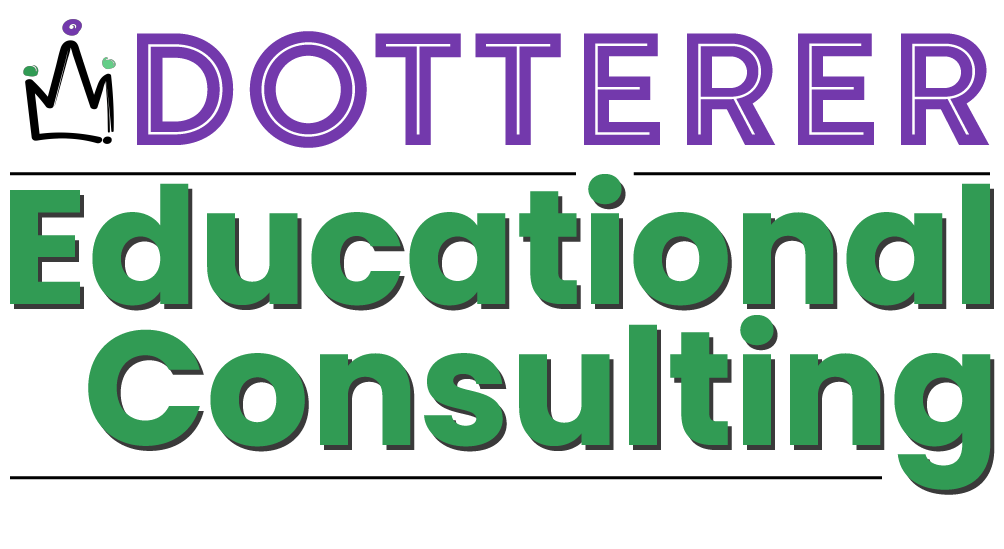Many of us are well accustomed to the development of the glory muscles. Muscles like the chest, shoulders, quads, and glutes will always get special attention in the gym – but how many people train their core correctly?
Yes, you see others doing simple exercises like leg raises and crunches to work their “abs,” but when we say core, we mean something different.
Think of the core as an entire muscular system that spans the stomach and back’s entire surface. The core is a system of muscles that starts at the hips and runs all the way up to the ribcage – supporting the body the entire way without fault.
Many people have a fragile core which can lead to back pain, hip pain, and even pain in the upper back and neck. The same is true in our students.
Training your core is important for these main reasons:
Your core is your stability. Whenever you’re doing an exercise where a load is placed on your back, shoulders, or overhead, your core is the main muscular system providing stability.
Think of it as the bridge between your upper and lower body. If the bridge is weak, the connection between the two (upper and lower body) will not be nearly as effective as it could be. Training your core is important for stability in your big overhead movements.
A weak core means a weak squat and a weak overhead press. If you’re a strength athlete, this is something you need to look for.
Your core helps you run. Since the core links the upper and lower body together, it will act as a synergist in nearly every step. A strong core means a strong and efficient runner.
The core will also help to absorb shock. When you’re running, your body is impacted with about 40 x your body weight on each stride.
Core Strength – A Crucial Element
Core strength is important for your balance, stability, body strength, weightlifting goals, and running goals. This core muscle system appeals to the aesthetics of training. Plus, it helps keep your back, neck, and hips pain-free.
Our kids need core strength too. Their core impacts how they sit at their desk and play on the playground. In this video, I demonstrate a student with a weak core simply raising and lowering her head. She was unable to complete ball sit-ups without falling off the ball.
Also, note the flexion and head rotation during the exercise. This asymmetric muscle tightening is a sign of her imbalanced core.

